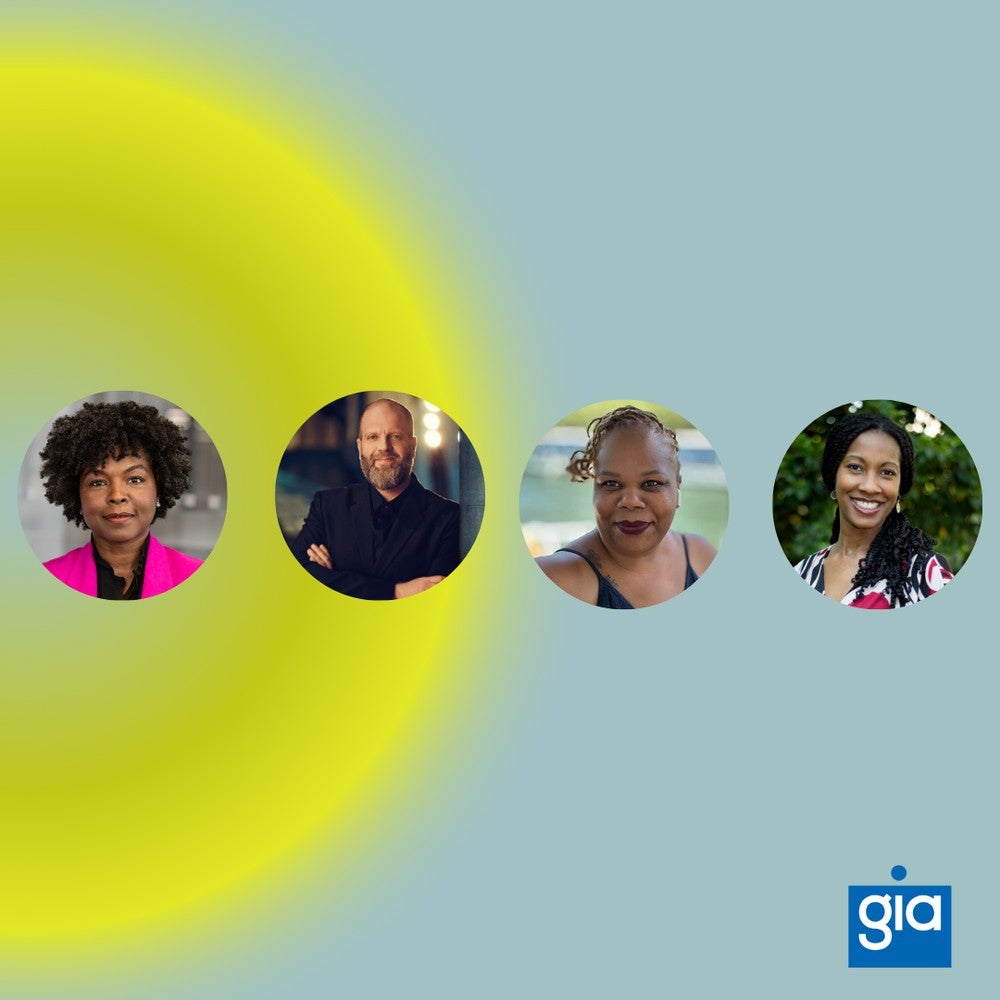In 2015, Wallace set out on the Building Audiences for Sustainability initiative, a six-year journey with 26 arts organizations to figure out ways to stem decades of declines in arts audiences. The initiative supports organizations' efforts to draw new audiences, encourage repeat attendance, interest people in new works or any other goal they feel is necessary to bring them closer to their mission.
The results of these efforts so far are as diverse as the organizations themselves (now down to 25 after one organization exited the initiative). Some strategies have shown success. Others faltered and required significant reexamination. Many fall somewhere in between, helping to meet some of an organization's objectives but not others.
Researchers from the University of Texas are studying these efforts to see if they can spot any trends and uncover evidence that could help other organizations. Firm results aren't expected until 2020, so we sent writers and video crews to five of the participating organizations over the past few years to see how things were going. Their stories show some intriguing early results that other groups might consider as they formulate their own audience-building plans.
"There's no one-size-fits-all solution for all organizations, of course," says Bahia Ramos, Wallace's arts director. "But these stories offer some interesting examples of how market research and methodical experimentation could move organizations towards their audience goals. Each organization's experience is specific to its own local context, but we hope these stories will spark some ideas in other organizations facing similar concerns."
Click through the slide deck below to see what the organizations are trying and how they're faring so far.
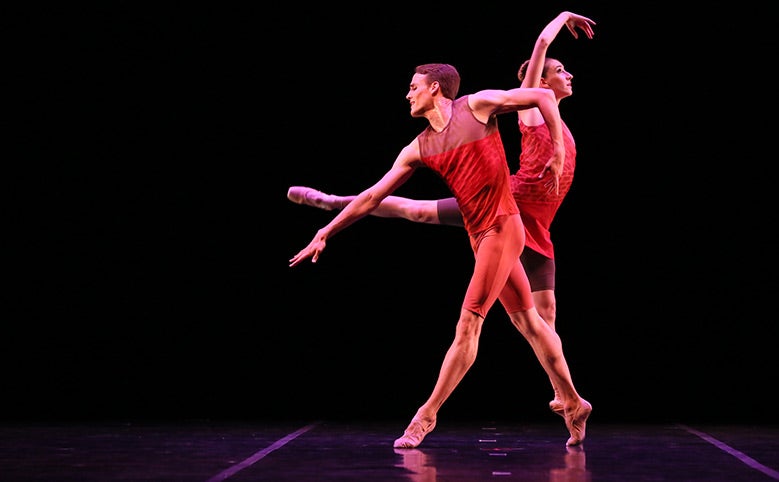
Ballet Austin planned to shepherd audiences along a "familiarity continuum," a path it assumed audiences take from classics such as The Nutcracker to obscure contemporary performances. Market research suggested, however, that there is no such path; audiences seem less concerned about familiarity with the work than they are about the uncertainty of the experience. The organization therefore reoriented efforts from informing audiences about new works to ensuring they felt at home, regardless of the show.
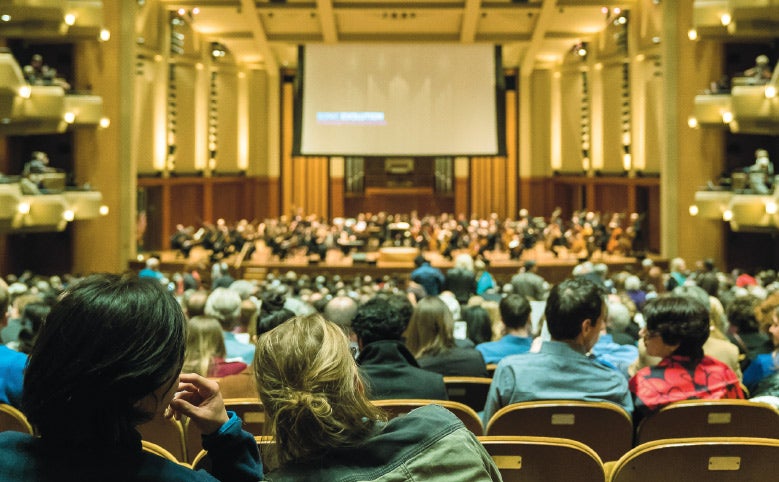
Seattle Symphony came up with three series of informal performances to capitalize on explosive growth in downtown Seattle. The organization assumed most of the area's emigres were millennials, so it focused on edgier performances and incorporated contemporary musicians to draw younger crowds. But market research showed that Gen-Xers and older empty-nesters were also promising targets. The organization therefore tweaked its series to accommodate a broader age range, with encouraging early results.
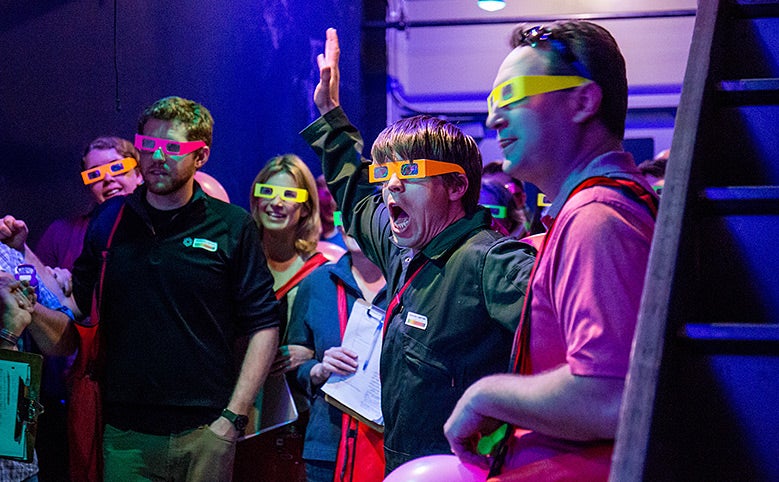
Off Center, an experimental theater company at the Denver Center for the Performing Arts, is testing interactive and immersive performances to see if they draw millennials. Its first Wallace-funded performance was a resounding success. The second, which attempted to replicate that success at lower cost, didn't do as well. But the organization used those experiences to create future performances that, so far, are keeping the company moving in the right direction.
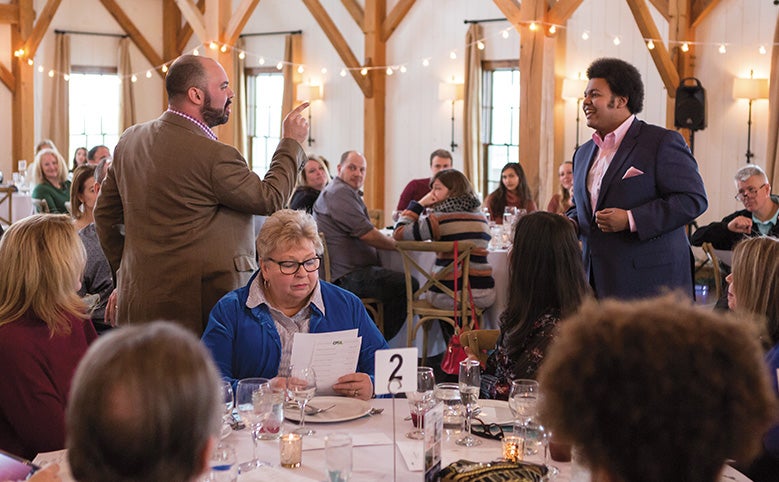
Opera Theatre of Saint Louis tried many strategies to draw young, diverse audiences to compensate for audiences that are aging out of regular attendance, but few worked. The company was baffled, until it conducted market research, which challenged assumptions about potential audiences and the sorts of performances that would draw them. It has responded by refining its approach and revamping many engagement programs to help break stereotypes of opera audiences.

World Music/CRASHarts, a presenter in Boston with no dedicated space of its own, started hosting an annual festival to attract millennials and build name recognition. The party atmosphere of the festival appears to be bringing some younger people into the fold, but it's unclear whether the strategy is financially sustainable. The research that preceded the festival, however, is triggering a much broader change: a new name for the organization and a whole new brand identity.


